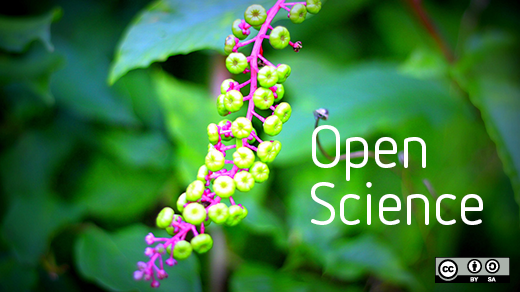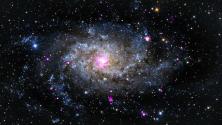The scientific community has embraced openness since long before computers came on the scene. The ideals of sharing knowledge and building on the work of others are fundamental to how scientific discovery happens. This year, Opensource.com contributors shared some of the ways open source software and science teamed up. Check out the top six science articles on the site in 2017.
1. 3 open source alternatives to MATLAB
MATLAB is a commonly used software suite in science and engineering, but the licensing costs can be pretty steep. Fortunately, there are alternatives that are free in both senses of the word. Editor Jason Baker updated his 2016 article on MATLAB alternatives with more options.
2. Why aren't more researchers using open source?
It's a very good question. Jonas Hegemann makes the case for ditching proprietary software and embracing open source in scientific endeavors. It's not just because of the price or the philosophy, either. Developing the scientific code alongside the scientific research shortens the time to discovery. It also enables reproducibility, as colleagues can re-run experiments to verify results using the exact same version of software without having to maintain a large library of expensive applications.
3. Peering into complex, tiny structures with 3D analysis tool tomviz
Physicists, biologists, and many others incorporate 3D visualizations of microscopic objects into their scientific work. A new open source tool called tomviz gives scientists a powerful tool for visualizing tomographic data. Robert Hovden's article includes a video that shows how tomviz is helping to advance scientific analysis.
4. Astroplan Python library makes astronomy research planning easier
Only a few major telescopes for astronomy research exist, which means researchers get a limited amount of time to use them. Astroplan is a Python tool that allows astronomers to plan their observations. It incorporates the locations of the sun, moon, and stars plus atmospheric optics and other effects to find the optimal time for observing the desired object. Developed by astronomers for astronomers, Astroplan is designed with the scientist in mind.
5. Clones welcome in scientific hardware
Openness isn't just a virtue in software, it also plays a part in hardware. Joshua Pearce shares the story of one hardware manufacturer who open sourced its water-testing hardware. Not only does the company allow cloning its system, it invites it.
6. What "Grey's Anatomy" taught me about open scientific research
Open inspiration can come from the strangest places. In this article, Linda Zhang describes how a medical drama got her thinking about the importance of openness in scientific research. Barriers to sharing information sometimes exist, and it's up to scientists to decide how to address those barriers. As a character on Grey's Anatomy said, "we will have to figure out a way to share."







Comments are closed.